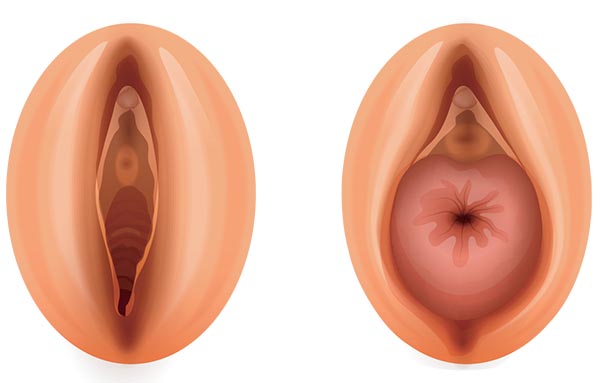Gynecology / Preventative CarePelvic
Organ Prolapse (Uterine Prolapse)
Pelvic Organ Prolapse Treatment in Brooklyn
Pelvic organ prolapse is a condition that only affects women. It happens when tissues that support the organs in the lower belly relax. These tissues are sometimes called the “pelvic floor”. When they relax too much, the organs drop down and press against or bulge into the vagina. If the bladder bulges into the vagina, doctors call this problem “cystocele”. If the rectum bulges into the vagina, they call it “rectocele”. Uterine prolapse means the uterus has bulged into the vagina. Some things can increase a woman’s risk of having pelvic organ prolapse. They include pregnancy, past hysterectomy (surgery to remove the uterus), obesity, and older age.

Pelvic Organ Prolapse FAQ
What Are the Symptoms of Pelvic Organ Prolapse?
Many women with this problem have no symptoms. But some women with pelvic organ prolapse have symptoms that include:
- Fullness or pressure in the pelvis or vagina
- A bulge in the vagina or coming out of the vagina
- Leaking urine when they laugh, cough, or sneeze
- Needing to urinate suddenly
When they use the toilet, some women need to press on the bulge in the vagina with a finger to get out all their urine or to finish a bowel movement.
Your doctor or nurse will be able to tell if you have it by doing a pelvic exam.
Yes. Some women feel better if they do pelvic muscle exercises. These exercises strengthen the muscles that control the flow of urine and bowel movements. They are also known as “Kegel” exercises. Your nurse or doctor can teach you how to do them or refer you to a physical therapist who specializes in pelvic floor problems.
Women who have no symptoms or who are not bothered by their symptoms do not need treatment. For women with symptoms that bother them, doctors suggest different treatments, including:
- Pelvic floor muscle exercises – Patients work with a physical therapist for 8 to 12 weeks to strengthen the pelvic muscles.
- A vaginal pessary – This device fits inside a woman’s vagina to support the bladder and push it back into place. Pessaries come in different shapes and sizes.
- Surgery – A surgeon can move dropped organs back where they belong and strengthen the tissues that keep them in place. Women should have this type of surgery only if they are done having children.
You can reduce your chances of pelvic organ prolapse if you:
- Lose weight if you are overweight
- Get treated for constipation if you are constipated
- Avoid activities that require you to lift heavy things
Schedule Your Appointment
At BellaDonna MD we will evaluate your condition and prescribe an effective treatment. Don’t wait. Call us today to schedule your consultation with our doctors.








